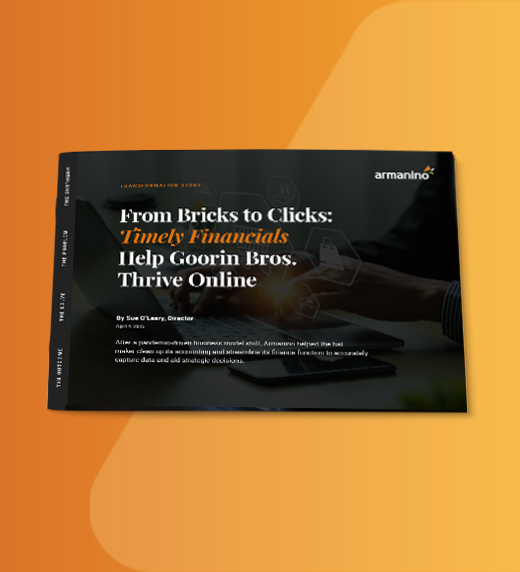
Updated February 02, 2022
If your plan receives audited financial statements, they may be accompanied by a management letter. This can be a valuable resource when it comes to making your plan more efficient and identifying potential risk associated with plan qualification and Employee Retirement Income Security Act (ERISA) compliance.
Auditing standards require auditors to communicate in writing to management about “material weaknesses and/or significant deficiencies” in internal controls that are discovered during an audit. These could indicate potential risk associated with financial reporting or possibly plan compliance.
The management letter may include other comments and recommendations about compliance and fiduciary responsibilities that are unique to employee benefit plans. Carefully reading the management letter and following its recommendations can go a long way toward helping ensure that your plan remains in compliance with ERISA rules and regulations.
The American Institute of Certified Public Accountants (AICPA) Employee Benefit Plan Audit Quality Center has identified a number of areas in which management letter comments may pertain to employee benefit plans. These include the following:
Employee benefit plans should have a system of internal control that would provide management with reasonable assurance that the plan’s financial statements and related disclosures are complete and presented in accordance with generally accepted accounting principles (GAAP).
Plan management is responsible for establishing and maintaining this system of internal control, as well as the fair presentation of the net assets available for benefits, changes in net assets available for benefits, supplementary information and disclosures in the financial statements in conformity with GAAP.
As part of the process and controls over financial reporting, plan management should have sufficient understanding of the nature of underlying investments, the portfolio strategy of alternative investments, and the method and significant assumptions used by the fund manager to value the underlying investments.
Plan financial statements should contain the proper accounting for plan investments and required disclosures under GAAP. Therefore, the plan sponsor, plan related committees and those responsible for preparing the financial statements should be knowledgeable regarding the various investment arrangements entered into on behalf of the plan and the financial statement implications of those arrangements.
Plan management should clearly communicate to employees that if there are insufficient funds from their pay to cover loan repayments, they should write a check to the trustee and present it to the company to be remitted to the trustee. Sponsors should also ensure that participant loans have been properly set up for repayment.
In addition, plan sponsors should develop and execute policies and procedures to ensure proper calculation of participant loan interest rates and remittance of loan payments to the trust at the beginning of the plan year. Total remittances for loans and contributions per payroll should be traced to the amounts remitted to the trust on a periodic basis.
Plan management should monitor inactive participant accounts for unusual activity or excessive fees and to determine whether changes and charges to these accounts appear to be reasonable. The accounts of participants who are 70½ years of age or over should also be monitored to determine whether mandatory distributions are required to be paid from the accounts.
In addition, plan management should run diagnostic tests to identify duplicate Social Security numbers and participant names. Corrective actions should then be taken to investigate, resolve and remove participant records with any duplicates.
Failure to remit participant contributions in a timely manner could lead to prohibited transactions, which may result in lost earnings for the plan and penalties to the plan sponsor. Plan management should implement policies and procedures to ensure that participant contributions are remitted to the plan on the earliest date on which they can be reasonably segregated from the company’s general assets.
In no event should participant contributions be remitted to the plan later than the fifteenth business day following the end of the month in which amounts are contributed by employees or withheld from their wages. However, if a company has demonstrated that it can make plan contributions in a shorter period of time, it will be expected to do so in the future.
It’s critical for plan administrators to take the appropriate actions in response to a benefits plan audit management letter. But how can you remedy red flags that auditors noted? The answers aren’t always obvious, and leaving these issues unaddressed can create massive risk exposure for you and your organization. Contact Armanino’s Employee Benefits Plan experts for guidance and services that help you be confident you’ve met your fiduciary obligations.


